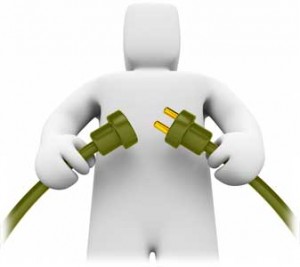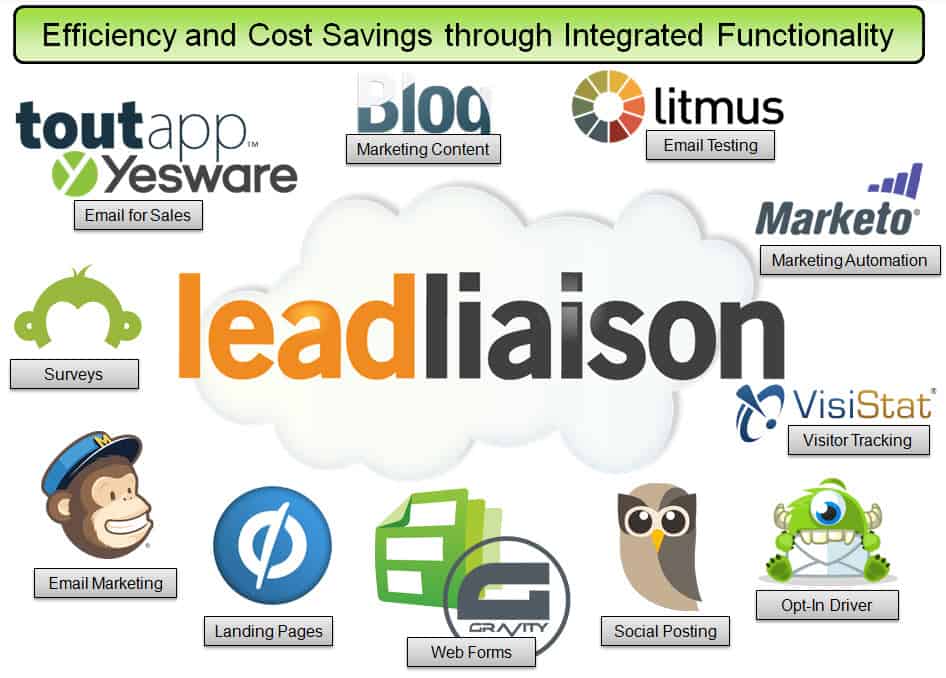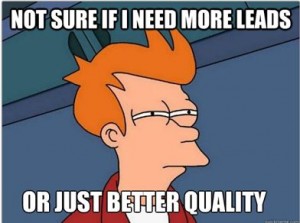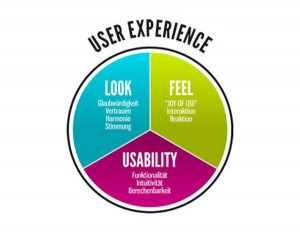Effectively Implementing Marketing Automation
 Often, the biggest challenge in effectively implementing marketing automation software to your repertoire of business tools is how to deliver messages that are appropriate to your audience while engaging leads. Marketing automation can help you reach a broader audience than other marketing strategies but it can be stressful software to implement and the concept can often seem overwhelming.
Often, the biggest challenge in effectively implementing marketing automation software to your repertoire of business tools is how to deliver messages that are appropriate to your audience while engaging leads. Marketing automation can help you reach a broader audience than other marketing strategies but it can be stressful software to implement and the concept can often seem overwhelming.
Decide What Your Goal Is
A successful marketing automation program really begins with a company deciding what they want to accomplish. Creating a plan for implementation before purchasing or even considering software is key for success. It’s easy to get carried away by all the excitement that good marketing automation can bring but you’ll need to set expectations to be really satisfied. If you really want to be successful at marketing automation, your sales and marketing teams will need to get on board with the plan and come to an agreement on how they will work together and what their roles will be. Starting with a Service Level Agreement (SLA) between sales and marketing is always a good first step.
With marketing automation, your marketing team’s new job will be to deliver the right message at the right time so you can engage your audience and nurture your leads. This means that marketing will be getting a new workload, probably from the sales team, and everyone will need to realize his or her new roles. Avoiding unwelcome surprises regarding workload, tasks, and interaction between teams will be easier if all these issues are discussed beforehand.
Start Small
It’s tempting to take your marketing automation software and throw everything into it but it might not be wise, especially at the beginning. Sometimes, less truly is more, and trying to include every feature of your marketing automation program right at the offset is more likely to set you back than push you forward. You’ll be in a much greater position if you start small, measure your successes and reevaluate your challenges, than you will be if you toss everything into the pot and hope for the best.
To get off on right foot effectively implementing marketing automation, think of your first full-fledged campaign as a trial run and learning experience will help mitigate any difficulties or disappointments. What you learn from your first sales and marketing campaign can help you learn what works and what doesn’t work for your next one. You also need to decide what exactly you’ll be automating. Do you have on the fly content that needs to be automated or are you looking for a more complex plan on creating, distributing, and re-employing your creative content? Don’t forget to include in your plans some action items for what should happen after the leads start coming in. You need to ensure you have a dedicated and knowledgeable sales team who can answer all your leads questions and concerns.
Keep in mind while you’re doing all of this that the process, planning, and implementation can be overwhelming. Remember that your investment into marketing automation isn’t just your monthly or quarterly subscription, but it’s also the time you put into the software and the data it produces.











